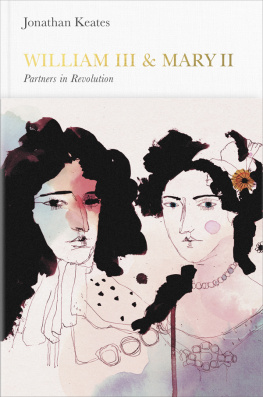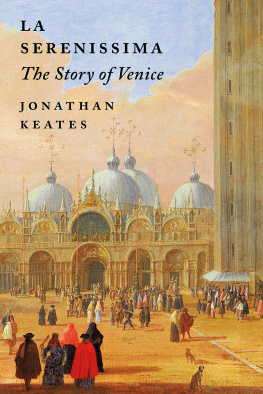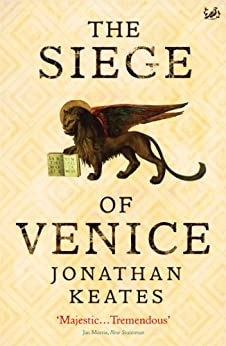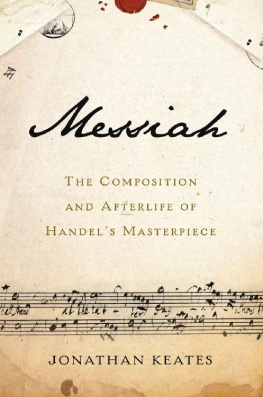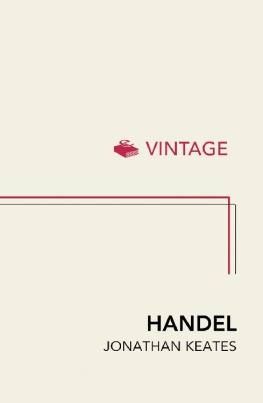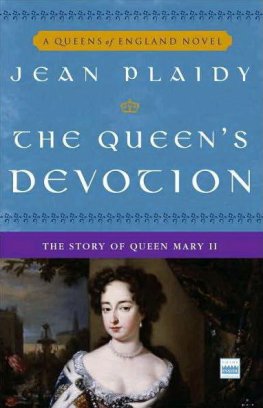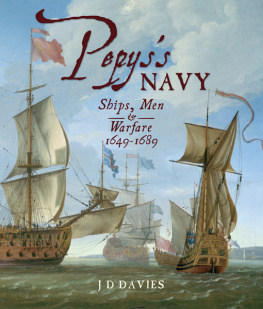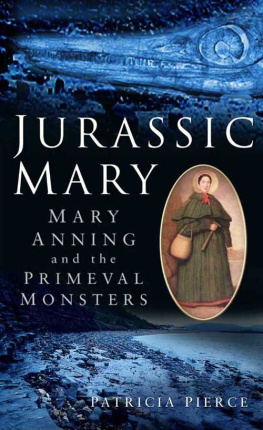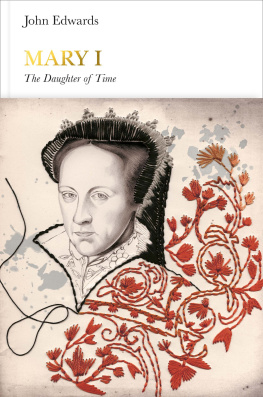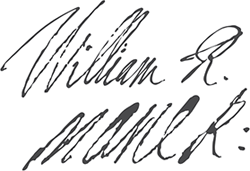Contents
Jonathan Keates
WILLIAM III AND MARY II
Partners in Revolution
ALLEN LANE
UK | USA | Canada | Ireland | Australia
India | New Zealand | South Africa
Allen Lane is part of the Penguin Random House group of companies whose addresses can be found at global.penguinrandomhouse.com.
First published 2015
Copyright Jonathan Keates, 2015
Cover design by Pentagram
Jacket art by Conrad Roset
The moral right of the author has been asserted
ISBN: 978-0-141-97688-4
THE BEGINNING
Let the conversation begin...
Follow the Penguin Twitter.com@penguinukbooks
Keep up-to-date with all our stories YouTube.com/penguinbooks
Pin Penguin Books to your Pinterest
Like Penguin Books on Facebook.com/penguinbooks
Listen to Penguin at SoundCloud.com/penguin-books
Find out more about the author and
discover more stories like this at Penguin.co.uk
Penguin Monarchs
THE HOUSES OF WESSEX AND DENMARK
| Athelstan | Tom Holland |
| Aethelred the Unready | Richard Abels |
| Cnut | Ryan Lavelle |
| Edward the Confessor | James Campbell |
THE HOUSES OF NORMANDY, BLOIS AND ANJOU
| William I | Marc Morris |
| William II | John Gillingham |
| Henry I | Edmund King |
| Stephen | Carl Watkins |
| Henry II | Richard Barber |
| Richard I | Thomas Asbridge |
| John | Nicholas Vincent |
THE HOUSE OF PLANTAGENET
| Henry III | Stephen Church |
| Edward I | Andy King |
| Edward II | Christopher Given-Wilson |
| Edward III | Jonathan Sumption |
| Richard II | Laura Ashe |
THE HOUSES OF LANCASTER AND YORK
| Henry IV | Catherine Nall |
| Henry V | Anne Curry |
| Henry VI | James Ross |
| Edward IV | A. J. Pollard |
| Edward V | Thomas Penn |
| Richard III | Rosemary Horrox |
THE HOUSE OF TUDOR
| Henry VII | Sean Cunningham |
| Henry VIII | John Guy |
| Edward VI | Stephen Alford |
| Mary I | John Edwards |
| Elizabeth I | Helen Castor |
THE HOUSE OF STUART
| James I | Thomas Cogswell |
| Charles I | Mark Kishlansky |
| [Cromwell | David Horspool] |
| Charles II | Clare Jackson |
| James II | David Womersley |
| William III & Mary II | Jonathan Keates |
| Anne | Richard Hewlings |
THE HOUSE OF HANOVER
| George I | Tim Blanning |
| George II | Norman Davies |
| George III | Amanda Foreman |
| George IV | Stella Tillyard |
| William IV | Roger Knight |
| Victoria | Jane Ridley |
THE HOUSES OF SAXE-COBURG & GOTHA AND WINDSOR
| Edward VII | Richard Davenport-Hines |
| George V | David Cannadine |
| Edward VIII | Piers Brendon |
| George VI | Philip Ziegler |
| Elizabeth II | Douglas Hurd |
Introduction
It is a Saturday afternoon at the London Library. The issue hall is almost empty, the reading room, so busy earlier in the week, today contains only a handful of dedicated researchers and an agreeably sepulchral quiet pervades the stacks and staircases. Outside, the kind of autumn day described by that eloquent Scots monosyllable dreich dark, cold and damp hangs over St Jamess Square. None of us at our desks, with our iPads, pens, sheaves of lined A4 and little mounds of printed wisdom plucked from the shelves, has any idea of what is about to disturb the peace of communal scholarship. Neither have the four or five readers dozing over learned journals in the semicircle of red armchairs.
From out of the afternoon streets south of the square arises a sound which insists that we sit up and take proper notice of the occasion. It is the music of an Ulster Protestant marching band not one, in fact, but several, converging with inexorable shrillness and precision on the green, fenced space, its plane trees still in leaf. Some of us move sheepishly to the window, ashamed to admit to anything so vulgar as mere curiosity.
The roadway is soon filled with a procession headed by files of smartly uniformed boys and girls trilling fifes and beating drums with a combination of expert nonchalance and focused intensity. There is a sudden halt to these martial strains, as a man in a bowler hat, his orange sash more elaborate than those worn by the band members, steps forward, apparently to address somebody concealed by the greenery behind the railings. A profound, almost desperate respect seizes the listeners. When at last he raises his hat, there are rousing cheers and cries of God save the queen!, then the fluting and drumming resumes and the procession marches smartly off in its tangerine segments towards Regent Street. Aware that the library will close in an hour or so, we return, however reluctantly, to our desks.
Some of us watching the ceremony in the square will by now have made the connection between place, date and celebrants. In two days time it will be the fourth of November, the birthday of the man who, for these marchers and musicians, is still the Deliverer, gallant champion of their liberties, guarantor of their freedom of worship, their saviour from bigotry and persecution. It is entirely in accordance with his personal dislike of the showmanship and public display demanded of royalty that the statue of King William III should be hidden from view in one of central Londons leafiest and least-frequented public spaces. Equally characteristic of posteritys attitude towards him is the fact that this memorial should have fetched up here by accident, almost a century after his death.
The sculptor John Bacon, whose son finished it off, used a fancy portrait by Godfrey Kneller as the model for his presentation of William as a Roman general, complete with cuirass, buskins and laurel wreath. From canvas to bronze the Bacons transferred the kings unforgettable profile, lantern-jawed, hook-nosed, keen-eyed, the countenance of a monarch for whom being royal meant more than sitting for portraits and wearing the right clothes. Theyve taken trouble, too, with the horse. Short in the withers, wide in the rump, with a curly mane and a tail like a fan, this is evidently one of those Spanish steeds so favoured by cavalry commanders on the European battlefields of the seventeenth century.

